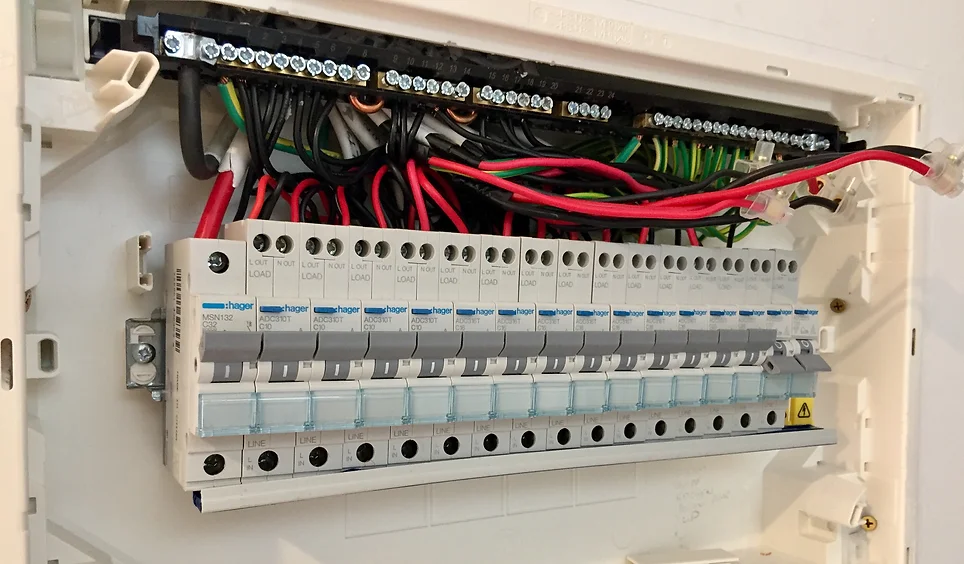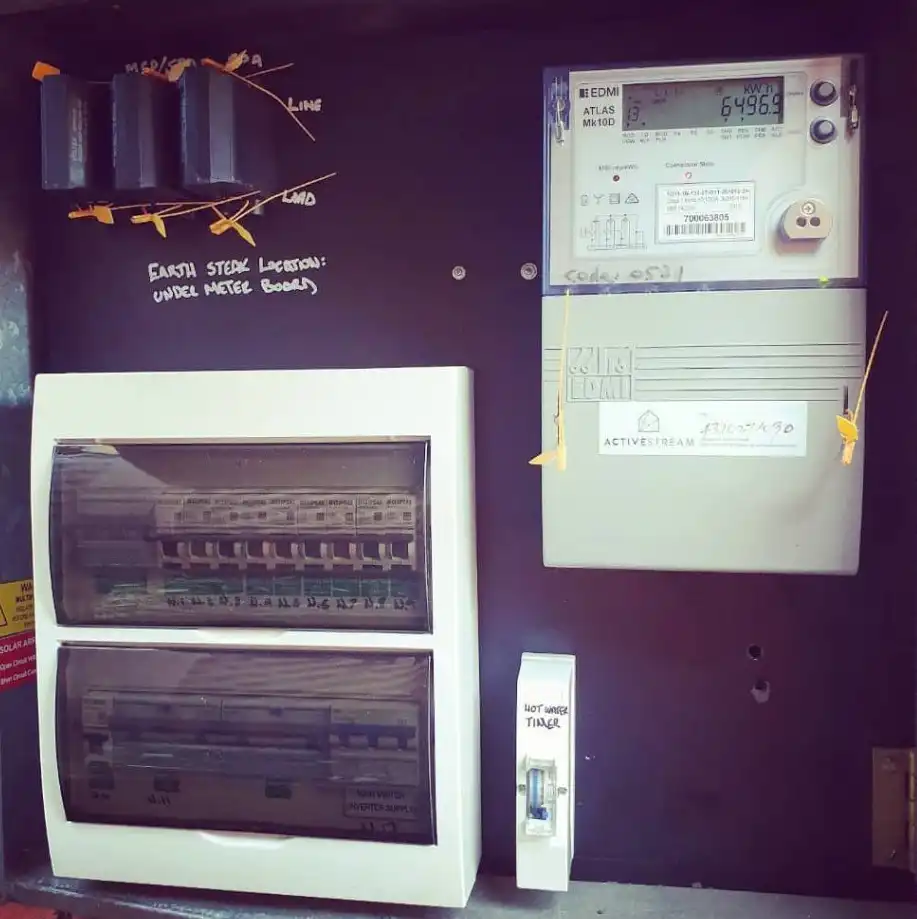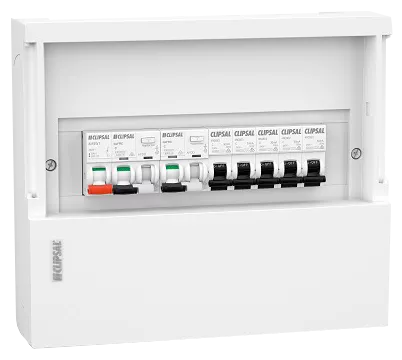As an electrician in Port Macquarie and the lighthouse beach area, one of the most crucial aspects of my job is ensuring that your home or business’s electrical system is not just functional but safe. Upgrading your switchboard and enhancing circuit protection play a vital role in achieving this. These upgrades are not merely about improving efficiency but also about adhering to important standards like the Australian Standard AS/NZS 3000, also known as the Australian Wiring Rules, which is fundamental to maintaining electrical safety.

Understanding the Role of the Switchboard
Your switchboard is the heart of your electrical system. It distributes electricity from the main power source to various circuits within your home or business. Older switchboards, particularly those installed decades ago, were not designed to handle the higher electrical loads that modern appliances and electronics demand. Additionally, they often lack the advanced safety features that are now mandatory under the AS/NZS 3000:2018.

Your switchboard is the heart of your electrical system. It distributes electricity from the main power source to various circuits within your home or business. Older switchboards, particularly those installed decades ago, were not designed to handle the higher electrical loads that modern appliances and electronics demand. Additionally, they often lack the advanced safety features that are now mandatory under the AS/NZS 3000:2018.
An outdated switchboard can pose several risks:
- Overloading: The Australian Wiring Rules stipulate that electrical systems must be capable of handling the load required by the household or business. Older switchboards are often unable to meet these demands, leading to overloading, frequent tripping of circuit breakers, or even electrical fires.
- Lack of Safety Switches (RCDs): AS/NZS 3000 mandates the installation of Residual Current Devices (RCDs) or safety switches in all new electrical installations and in any significant modifications to existing ones. These devices are designed to prevent electric shock by cutting off the power supply within milliseconds if an imbalance is detected. Older switchboards may lack these essential safety features, putting occupants at risk.
- Fuse Issues: Traditional ceramic fuses, often found in older switchboards, do not comply with the latest safety standards outlined in the Australian Electrical Code. They are less reliable and more challenging to replace compared to modern circuit breakers. The replacement process itself can be dangerous, particularly for those without proper electrical knowledge.
Circuit Protection: A Key Component of Electrical Safety
Circuit protection is a critical aspect of electrical safety, ensuring that your system is safeguarded against damage from overloads, short circuits, and ground faults. Compliance with the AS/NZS 3000 standard requires that modern circuit protection devices be installed to protect both people and property.
- Circuit Breakers: Under the Australian Electrical Code, circuit breakers are required to protect circuits from overloading and short circuits. These devices are more reliable and easier to reset than fuses, automatically cutting off the power when a fault is detected.
- RCDs: As stipulated by AS/NZS 3000, RCDs must be installed to provide protection against electric shocks. These devices are essential, especially in areas with high moisture levels like bathrooms and kitchens, where the risk of electric shock is elevated.
- Surge Protectors: While not specifically mandated in all cases by AS/NZS 3000, surge protectors are highly recommended as they protect your electrical appliances from voltage spikes caused by external factors like lightning strikes or power surges.

Circuit Breakers: Under the Australian Electrical Code, circuit breakers are required to protect circuits from overloading and short circuits. These devices are more reliable and easier to reset than fuses, automatically cutting off the power when a fault is detected.
RCDs: As stipulated by AS/NZS 3000, RCDs must be installed to provide protection against electric shocks. These devices are essential, especially in areas with high moisture levels like bathrooms and kitchens, where the risk of electric shock is elevated.
Why You Should Consider Upgrading
Port Sparky understand that upgrading your switchboard and circuit protection isn’t just about meeting the requirements of the Australian Electrical Code; it’s about ensuring the safety of your home or business. An upgraded switchboard with compliant circuit protection devices can prevent electrical fires, reduce the risk of electric shock, and ensure that your electrical system can handle modern demands.
If your switchboard is old or if you’re experiencing frequent electrical issues, it’s a clear sign that an upgrade is necessary. Under AS/NZS 3000, significant upgrades or modifications to your electrical system must be done by a licensed electrician, ensuring that all work complies with current safety standards.
In conclusion, ensuring the safety of your electrical system is paramount. Upgrading your switchboard and circuit protection to meet the standards set out in AS/NZS 3000 is an investment in safety, efficiency, and peace of mind. Don’t wait until it’s too late—ensure your system is up to date and capable of protecting your home or business from electrical hazards. ML Mason Electrical is capable and qualified to carry out these electrical services.